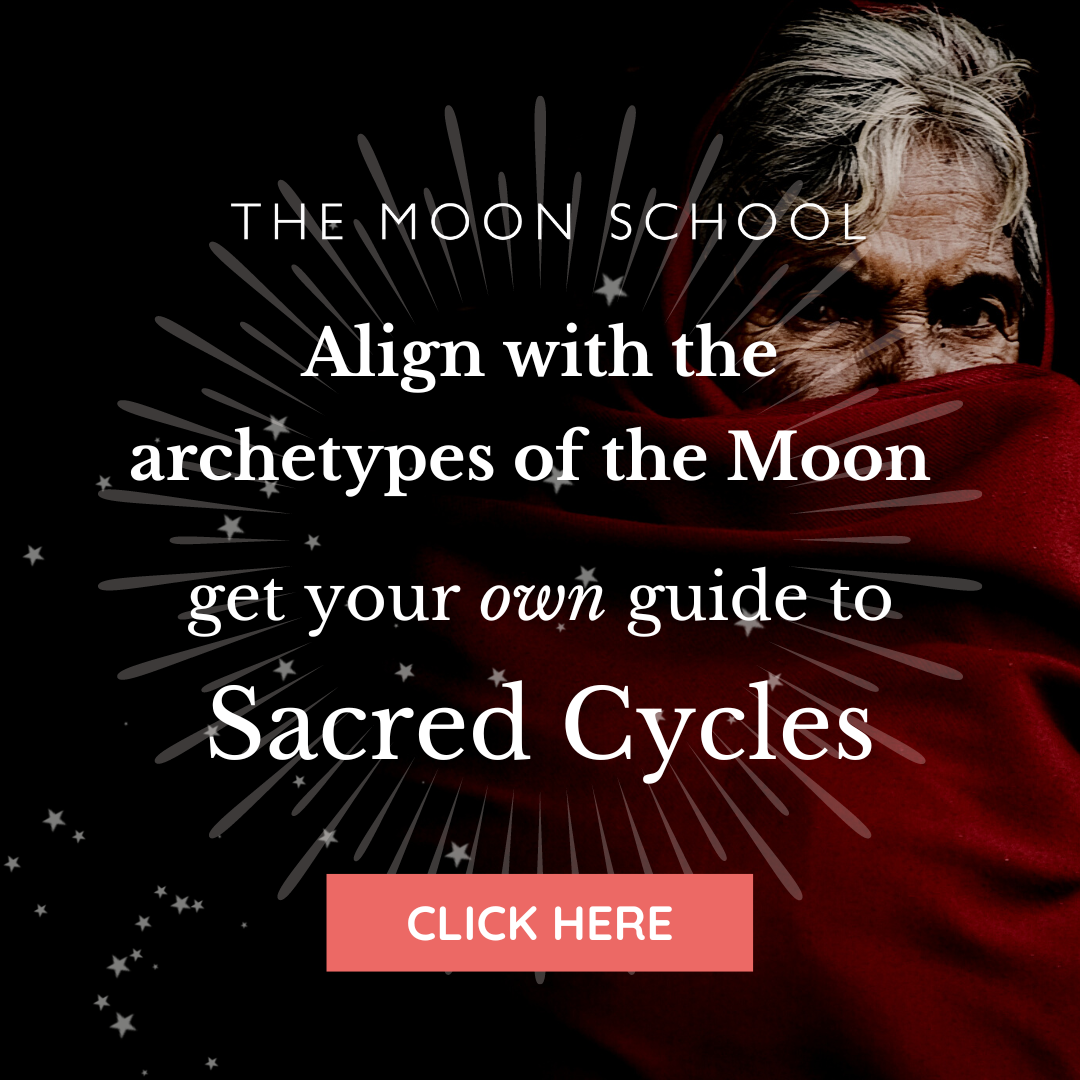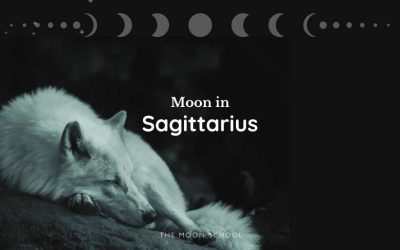Maybe you embody the healer archetype?
Maybe you know someone who carries this powerful and transformative frequency?
Or maybe you want to activate your inner healer, and be of service to your fellow humans in the world?
Wherever you currently stand in relation to the legendary healer archetype, coming into a deeper understanding of it is the work of our time.
Healer archetype defined
As one of Carl Jung’s 12 archetypes, the healer is a complex and rich energy type. This archetype also encompasses and influences the wounded healer, the caregiver, the mystic and the mother archetype, to name just a few.
But before we dive in, let’s go over the basics – what are archetypes!?
What is an archetype?
An archetype is a universal symbol or pattern that represents a particular personality type or set of traits. Carl Jung, the famous Swiss psychiatrist, first introduced the concept of archetypes in the early 20th century, yet in truth, they are much older.
According to Jung, archetypes exist in our collective unconscious and are expressed through our thoughts, feelings, and behaviours. Archetypal energies can be found in characters in mythology, literature, and art – they cross almost all cultures and time periods.
Humans are conditioned to recognize and respond to archetypes – this isn’t something we can switch off, and it often happens on a subconscious level. Ultimately, they represent fundamental human experiences and desires that are shared by all people.
Healer archetype characteristics, traits, and qualities
The Healer archetype is an old and intriguing pattern with roots in virtually every culture throughout history.
Healers possess an innate ability to help others heal from emotional, spiritual, or physical wounds. They have a unique gifts of both high emotional intelligence and strong intuition, which allows these people to deeply connect with others who are experiencing pain or suffering.
Compassionate: Healers are empathetic and compassionate towards others, which allows them to understand and connect with people on a deeper level.
Intuitive: They possess a strong intuition and are able to sense the needs of others, even when they are not explicitly expressed.
Nurturing: Healers have a natural inclination to nurture and care for others, providing comfort and support to those in need.
Patient: They possess great patience and are able to remain calm and centered in the face of adversity or challenging situations.
Selfless: Healers are selfless and often put the needs of others before their own, sacrificing their own comfort and well-being for the sake of others.
Healing Touch: They have a natural ability to heal and provide comfort through touch, whether it be physical or emotional.
Empowering: Healers empower others to take control of their own lives and make positive changes, rather than simply fixing problems for them.
Wise: They possess a deep wisdom and understanding of human nature, which allows them to provide guidance and counsel to those in need.
Holistic: Many healers take a holistic approach to healing, recognizing that physical, emotional, and spiritual health are all interconnected.
Unconditional Love: They offer unconditional love and acceptance to others, creating a safe and nurturing environment where people can heal and grow.
If you feel like this is a dominant archetype for you, it’s essential for you to maintain self-awareness around how much of yourself you are giving. Ensure you’re practicing enough self-care, as taking on the emotional and physical burdens of others can lead to burnout.
Healer archetype weaknesses and shadow side
The shadow is a fascinating part of our psyche that contains all the personality traits and qualities that we’ve suppressed and rejected. This usually happens totally unconsciously, and it’s a normal part of being human – we all do it!
Wondering how to begin your shadow work exploration?
Check out this post next – Where to Start with Shadow Work: The Dark Side of Self-Discovery
Here are some examples of the key weaknesses, negative qualities, and shadow aspects relating to the healer:
Codependency: Healers can become overly reliant on others for validation and a sense of purpose, which can lead to unhealthy relationships.
Martyrdom: They may sacrifice their own needs and well-being for the sake of others, leading to burnout and resentment.
Boundary Issues: Healers may struggle with setting and maintaining healthy boundaries, leading to feelings of overwhelm and exhaustion.
Enabling: They may unintentionally enable others to remain in unhealthy patterns and behaviors by constantly providing support and assistance.
Over-identification: Healers may become overly invested in the suffering of others, leading to a sense of helplessness and despair.
Arrogance: They may develop a sense of superiority or self-righteousness, believing that they know what is best for others.
Burnout: Healers may become overwhelmed by the emotional demands of their work, leading to burnout and compassion fatigue.
Self-neglect: They may neglect their own physical, emotional, and spiritual needs in favor of caring for others, leading to physical and emotional exhaustion.
Dependency: Healers may become overly dependent on the people they care for, leading to a loss of independence and autonomy.
Shadow Projection: They may project their own unresolved emotional issues onto others, leading to a distorted view of reality and unhealthy relationships.
How to explore healer energy through shadow work
Those with strong healer archetype energy need to be careful of the last point, described above.
Because healers are often placed in positions of authority (even if you don’t claim it for yourself), the dynamics between patient, ego and shadow can be a tricky one! This is where shadow work is a must. If you’re intrigued to dive into your own shadow you can start here: The Honeyed Shadow.
This is a guided 13-day journey into the sweetness of your personal shadow. The Honeyed Shadow is how you can begin peeling back the layers of your unconscious, in a gentle and supportive way.
The wounded healer archetype
There is another, fascinating aspect to this archetype that has gained much attention in recent times.
The term “wounded healer” was also coined by Swiss psychiatrist Carl Jung. He believed that people who experienced psychological wounds could use their own internal struggles and lived experience to become more intuitive and insightful healers.
Maybe you’ve heard this concept before? It’s commonly associated with the idea that your own hurt and struggles can give you valuable insight into other people’s suffering.
Wounded healers know what it’s like to be hurt, and they know what it’s like to make the journey back to wholeness. If you have this understanding, it can make it easier for you to empathize with others and provide support.
Does the wounded healer ever truly heal?
One important aspect of the wounded healer archetype is that healing is a continuous, lifelong process. This means that even as you help others, you’re constantly working on your own healing.
Wounded healers harness their personal experiences and insights to better understand and aid others. As you delve deeper into the world of Healers, you’ll discover how their unique abilities make them valuable assets to society, offering immense benefits to those fortunate enough to cross their paths.
What does Chiron have to do with the wounded healer?
In the Greek myth, Chiron was a centaur, known as a wise and skilled healer, philosopher, and teacher. Yet despite his abilities, he was unable to heal himself when he was wounded by a poisoned arrow. This wound was said to be incurable and caused him great suffering.
The concept of the wounded healer is often associated with Chiron because it represents the idea that a person’s own pain and suffering can become a source of healing for others.
The wounded healer is often seen as someone who has gone through a transformative experience, such as a traumatic event or a significant loss, and has emerged from that experience with a deeper understanding of themselves and the world around them. This “hero’s journey” and their understanding of it, can then be used to connect with and heal others who are going through similar experiences.
The connection between Chiron and the wounded healer is that Chiron’s own wound became the source of his wisdom and healing abilities. Similarly, the wounded healer archetype suggests that a person’s own wounds and struggles can become a source of strength and healing for others.
How do you know if you’re a wounded healer?
In our modern world that is SO in need of healing, many people are emerging who have the capacity to embody this archetype. Whether you find yourself in the fields of psychology, mental health, spiritual healing, allopathic medicine or anything in between, here are 5 signs you could be a wounded healer:
You have experienced significant emotional or physical pain: Wounded healers have often suffered excruciating pain in their lives, which has led to a deeper understanding of the human condition.
You have a strong desire to help others: Wounded healers often have a strong desire to help others who are going through similar struggles. Their own experiences and personal wounds can provide empathy and support and promote healing in others.
You feel a sense of purpose in your pain: Wounded healers often feel that their own pain and struggles have given them a sense of purpose. Like a kind of authentic suffering, it’s often this that allows them to help others who are going through similar experiences.
You have a deep empathy for others: Wounded healers are often highly empathetic, able to sense the emotions and needs of a wounded patient, to provide support and comfort.
You have a strong intuition: Wounded healers often have a strong intuition, which allows them to sense the needs of others and provide guidance and support. They may also have a natural ability to see through the surface-level issues and get to the root of the problem.
The medicine woman archetype
The Medicine Woman is another inspiring offshoot of the healer archetype, that represents a deep and caring connection with the world. If you’re a person who identifies with the medicine woman archetype, you likely embody wisdom, intuition, and a profound understanding of the natural world.
This powerful archetype is known for her uncanny ability to wield energy, heal, and bring balance to the world around her.
Medicine women are deeply in tune with the cycles of nature and possess a strong spiritual connection. Like the archetypal image of the bare-footed woman in a bountiful garden, you may find yourself naturally drawn to practices such as herbalism, energy work, and other alternative healing modalities.
Your empathy and compassion allow you to form deep connections with people, animals, and the environment. Those who look to you for guidance feel your sincerity, kindness, and genuine desire to help.
You may feel a great responsibility to share your gifts and knowledge with others, feeling it belongs to the wider community, and the Earth herself.
In developing your Medicine Woman Archetype, remember that you are a beacon of light for others. Your presence brings healing, comfort, and guidance to those in need. Embrace your calling as a healer, let your intuition lead you, and trust in the power of your unique gifts.
Curious about the other female archetypes?
Read these posts too –
Examples of the healer archetype in mythology, literature, popular culture and real life
Chiron: As mentioned earlier, Chiron was a prominent example of the healer archetype in ancient Greece, known for his wisdom and healing abilities.
Asclepius: In Greek mythology, Asclepius is the god of healing and medicine, known for his ability to cure illness and bring the dead back to life.
Grandmother Spider: In Native American mythology, Grandmother Spider is a medicine woman archetype who is known for her wisdom and healing abilities.
Merlin: In Arthurian legend, Merlin is a powerful wizard and healer who serves as an advisor to King Arthur.
Nelson Mandela: A real-life example of the wounded healer archetype, Mandela spent 27 years in prison for his activism against apartheid in South Africa. This experience gave him a deep understanding of the suffering of others, and he used this understanding to fight for justice and equality.
Maya Angelou: Angelou was a writer, poet, and civil rights activist who was a survivor of sexual assault as a child. This experience gave her a unique understanding of trauma and resilience, which she used to inspire and uplift others through her writing.
Maria Sabina: Sabina was a Mexican curandera (traditional healer) who used psilocybin mushrooms in her healing practices. She became famous in the 1950s and 60s for her work with Western intellectuals and artists seeking spiritual enlightenment.
Maud Gonne: Gonne was an Irish revolutionary and feminist who was known for her work as a healer and herbalist. She used her knowledge of traditional Irish healing practices to aid those in need during the Irish War of Independence.
Patch Adams: In the movie “Patch Adams,” based on a true story, Robin Williams plays a doctor who uses humor and unconventional methods to heal his patients.
John Coffey: In Stephen King’s novel “The Green Mile” and the subsequent movie adaptation, John Coffey is a death row inmate with healing powers who uses them to help others.
Healer Archetpe Symbolism
Healer archetypes often represent the transformative power of healing, offering hope and solace to those seeking relief from pain and suffering. The symbols associated with Healer archetypes serve as reminders of your ability to bring balance, restoration, and wholeness to the lives of others.
Some prominent symbols for the Healer include:
- The Caduceus, a staff entwined with two serpents and topped with wings, often associated with the Greek god Hermes and healing in modern medical professions
- The Rod of Asclepius, consisting of a single serpent wrapped around a staff, which symbolizes medicine and healing
Through these symbols, you can further connect with the Healer archetype’s power and understand the deep well of healing energy that exists within you.













